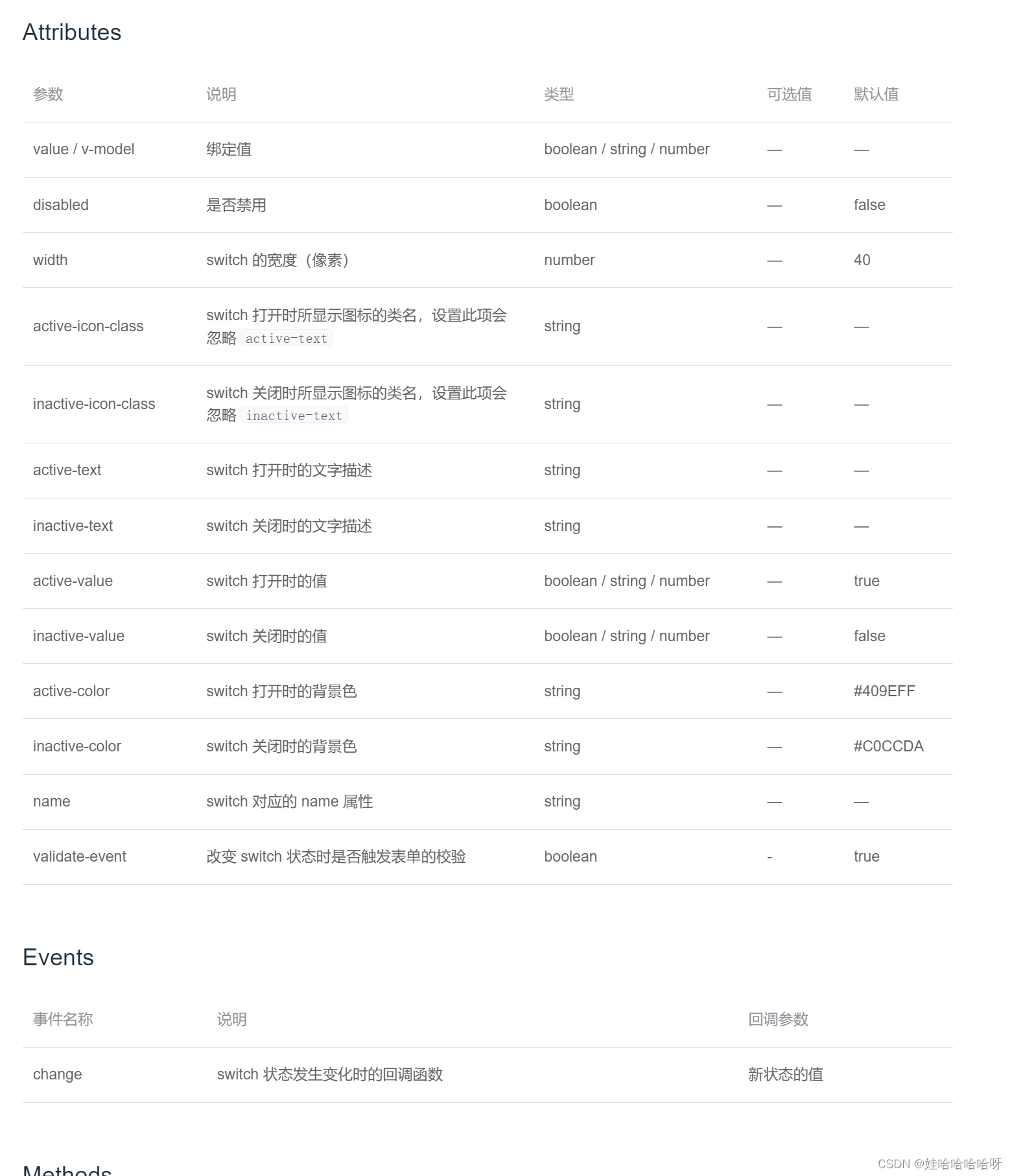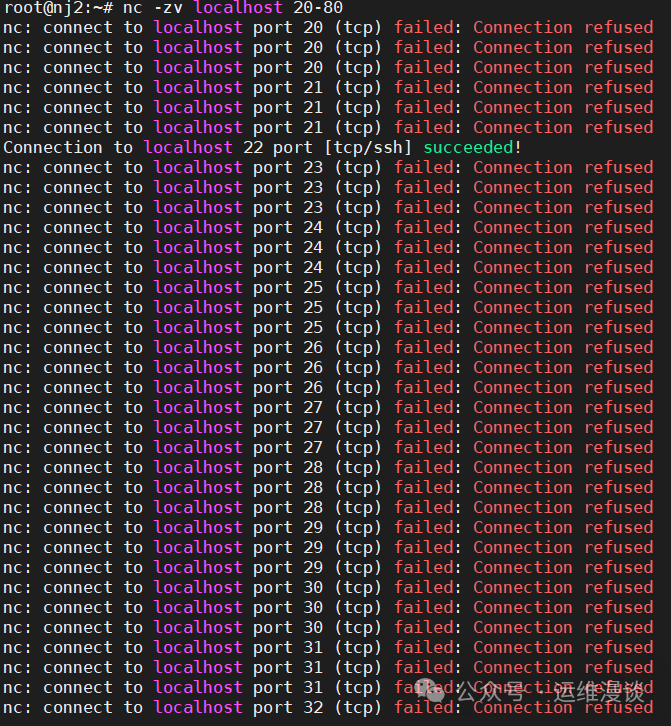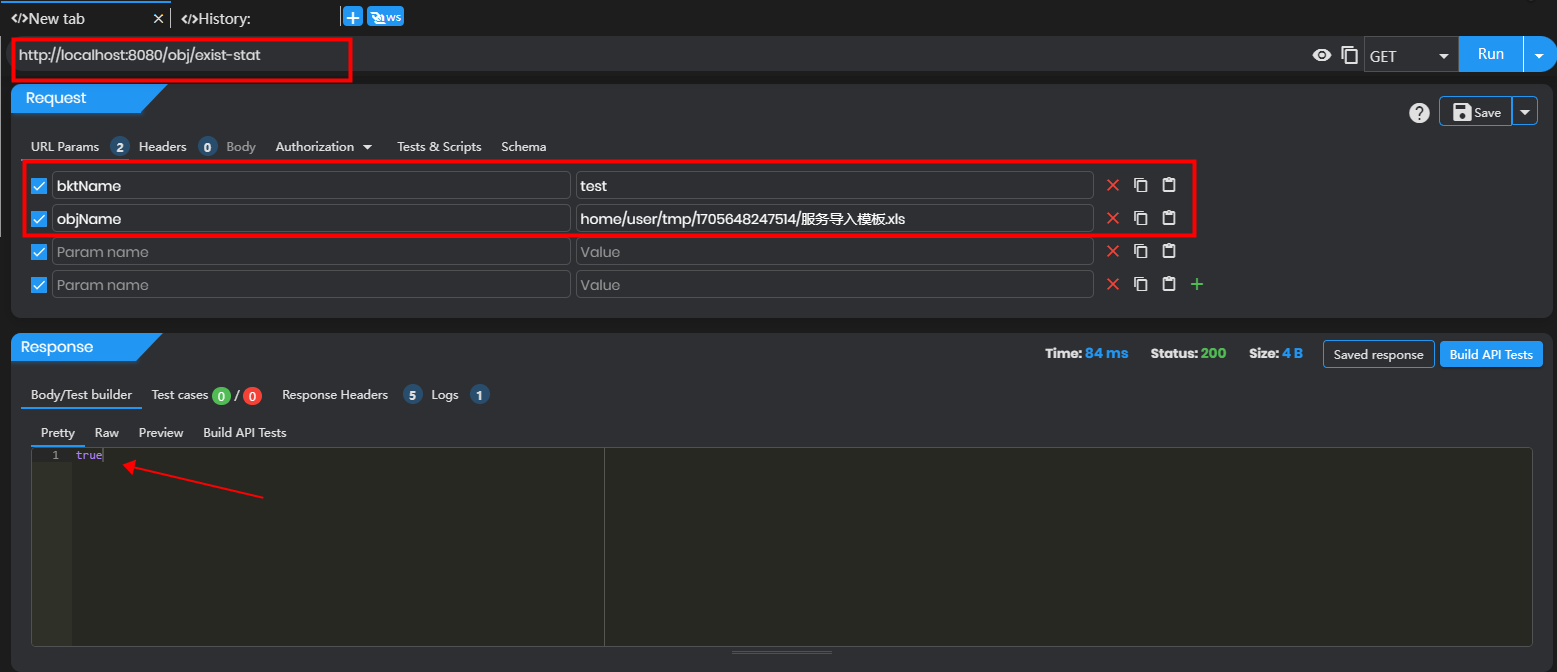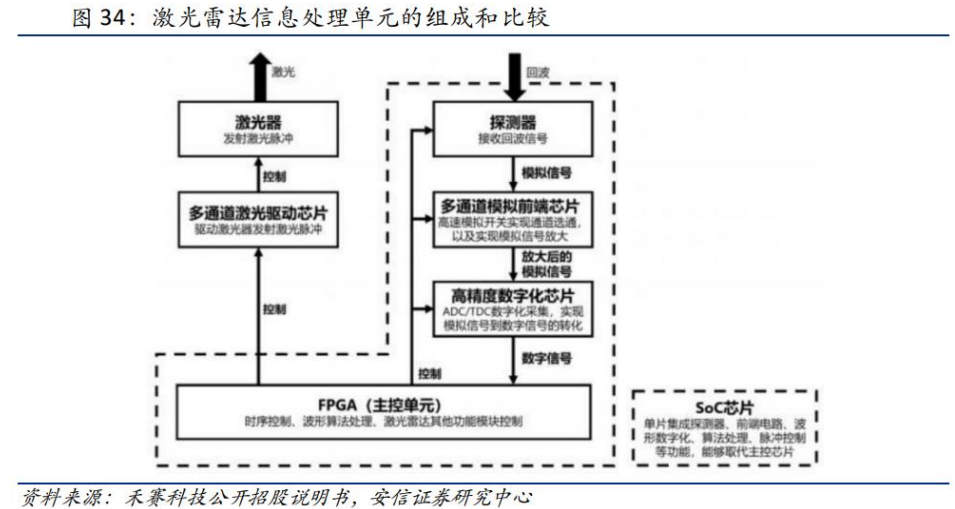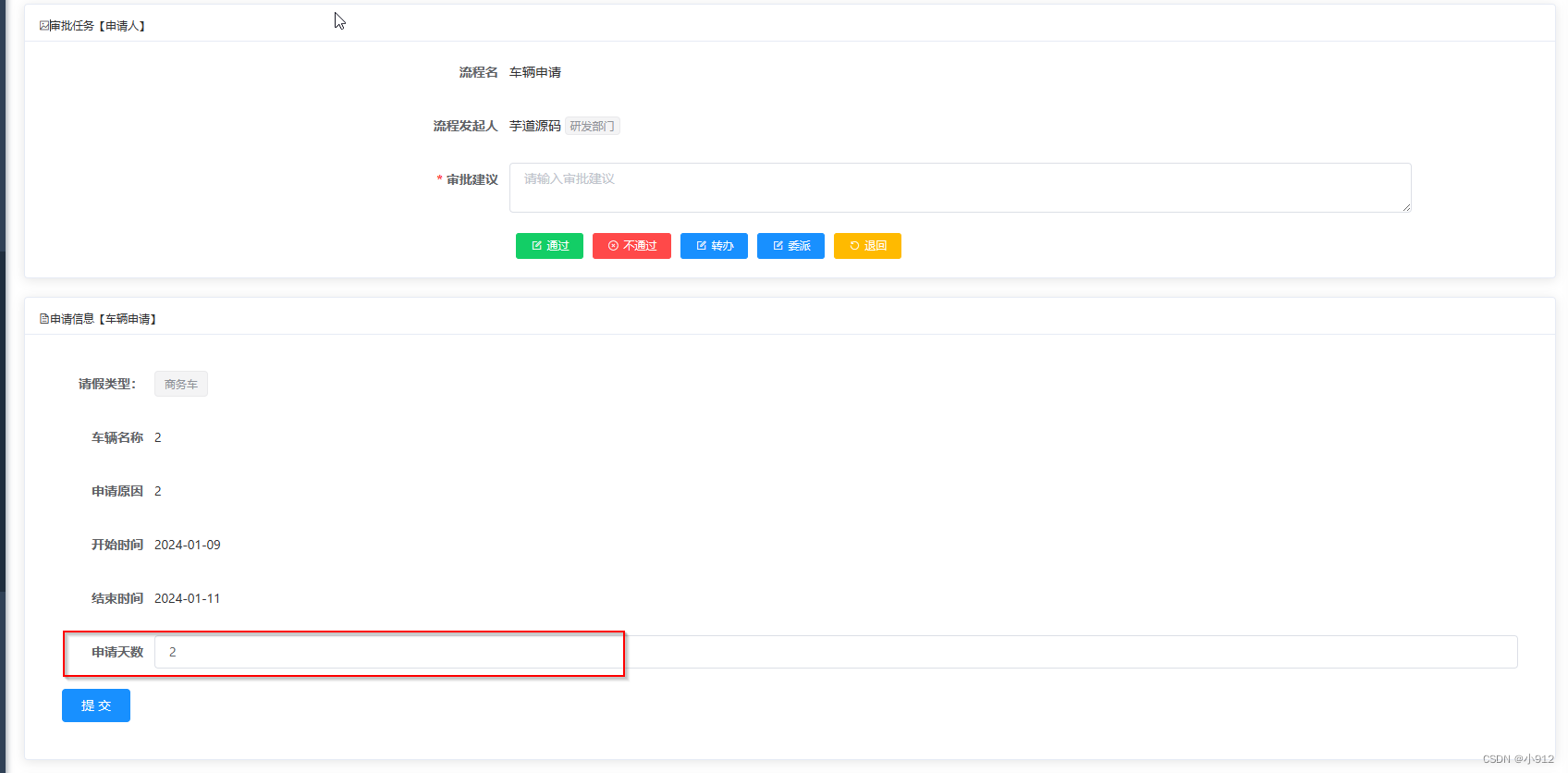文章目录
- 题目 104. 二叉树的最大深度
- 题解
- 后序遍历 递归实现
- 后序遍历 迭代实现
- 层序遍历
- 题目 111. 二叉树的最小深度
- 题解
- 后序遍历
- 层序遍历
- 题目 226. 翻转二叉树
- 题解
🙊 前言:本文章为瑞_系列专栏之《刷题》的力扣LeetCode系列,主要以力扣LeetCode网的题进行解析与分享。本文仅供大家交流、学习及研究使用,禁止用于商业用途,违者必究!

题目 104. 二叉树的最大深度
原题链接:104. 二叉树的最大深度
给定一个二叉树 root ,返回其最大深度。
二叉树的最大深度是指从根节点到最远叶子节点的最长路径上的节点数。
示例 1:

输入:root = [3,9,20,null,null,15,7]
输出:3
示例 2:
输入:root = [1,null,2]
输出:2
提示:
- 树中节点的数量在 [0, 104] 区间内。
- -100 <= Node.val <= 100
题解
关于二叉树的相关知识,可以参考《瑞_数据结构与算法_二叉树》
二叉树的深度可以简单理解为层数,如示例中3在1层,20在2层,7在3层
后序遍历 递归实现
思路:
1. 得到左子树深度, 得到右子树深度, 二者最大者加一, 就是本节点深度
2. 因为需要先得到左右子树深度, 很显然是后序遍历典型应用
3. 关于深度的定义:从根(也可以是某节点)出发, 离根最远的节点总边数,
注意: 力扣里的深度定义要多一
深度2 深度3 深度1
1 1 1
/ \ / \
2 3 2 3
\
4
/**
* Definition for a binary tree node.
* public class TreeNode {
* int val;
* TreeNode left;
* TreeNode right;
* TreeNode() {}
* TreeNode(int val) { this.val = val; }
* TreeNode(int val, TreeNode left, TreeNode right) {
* this.val = val;
* this.left = left;
* this.right = right;
* }
* }
*/
class Solution {
public int maxDepth(TreeNode node) {
if (node == null) {
return 0;
}
int d1 = maxDepth(node.left);
int d2 = maxDepth(node.right);
return Integer.max(d1, d2) + 1;
}
}
后序遍历 迭代实现
思路:
1. 使用非递归后序遍历, 栈的最大高度即为最大深度
/**
* Definition for a binary tree node.
* public class TreeNode {
* int val;
* TreeNode left;
* TreeNode right;
* TreeNode() {}
* TreeNode(int val) { this.val = val; }
* TreeNode(int val, TreeNode left, TreeNode right) {
* this.val = val;
* this.left = left;
* this.right = right;
* }
* }
*/
class Solution {
public int maxDepth(TreeNode root) {
TreeNode curr = root;
TreeNode pop = null;
LinkedList<TreeNode> stack = new LinkedList<>();
int max = 0; // 栈的最大高度
while (curr != null || !stack.isEmpty()) {
if (curr != null) {
stack.push(curr);
// 只有往栈里push元素的时候,高度才有可能变化
int size = stack.size();
if (size > max) {
max = size;
}
curr = curr.left;
} else {
TreeNode peek = stack.peek();
if (peek.right == null || peek.right == pop) {
pop = stack.pop();
} else {
curr = peek.right;
}
}
}
return max;
}
}
瑞:在力扣上效率其实没有递归高
层序遍历
思路:
1. 使用层序遍历, 层数即最大深度
/**
* Definition for a binary tree node.
* public class TreeNode {
* int val;
* TreeNode left;
* TreeNode right;
* TreeNode() {}
* TreeNode(int val) { this.val = val; }
* TreeNode(int val, TreeNode left, TreeNode right) {
* this.val = val;
* this.left = left;
* this.right = right;
* }
* }
*/
class Solution {
public int maxDepth(TreeNode root) {
if (root == null) {
return 0;
}
Queue<TreeNode> queue = new LinkedList<>();
queue.offer(root);
// 统计深度
int depth = 0;
// 层序遍历
while (!queue.isEmpty()) {
int size = queue.size();
for (int i = 0; i < size; i++) {
TreeNode poll = queue.poll();
if (poll.left != null) {
queue.offer(poll.left);
}
if (poll.right != null) {
queue.offer(poll.right);
}
}
depth ++;
}
return depth;
}
}
题目 111. 二叉树的最小深度
原题链接:111. 二叉树的最小深度
给定一个二叉树,找出其最小深度。
最小深度是从根节点到最近叶子节点的最短路径上的节点数量。
说明:叶子节点是指没有子节点的节点。
示例 1:

输入:root = [3,9,20,null,null,15,7]
输出:2
示例 2:
输入:root = [2,null,3,null,4,null,5,null,6]
输出:5
提示:
- 树中节点数的范围在 [0, 105] 内
- -1000 <= Node.val <= 1000
题解
相较于求最大深度,应当考虑:
- 当右子树为 null,应当返回左子树深度加一
- 当左子树为 null,应当返回右子树深度加一
上面两种情况满足时,不应该再把为 null 子树的深度 0 参与最小值比较,例如这样
1
/
2
-
正确深度为 2,若把为 null 的右子树的深度 0 考虑进来,会得到错误结果 1
1 \ 3 \ 4 -
正确深度为 3,若把为 null 的左子树的深度 0 考虑进来,会得到错误结果 1
后序遍历
/*
深度2
1
/
2
*/
public int minDepth(TreeNode node) {
if (node == null) {
return 0;
}
int d1 = minDepth(node.left); // 1
int d2 = minDepth(node.right); // 0
if (d2 == 0) { // 当右子树为null
return d1 + 1; // 返回左子树深度+1
}
if (d1 == 0) { // 当左子树为null
return d2 + 1; // 返回右子树深度+1
}
return Integer.min(d1, d2) + 1;
}
瑞:后序遍历的效率低
层序遍历
层序遍历,遇到的第一个叶子节点所在层就是最小深度
/**
* Definition for a binary tree node.
* public class TreeNode {
* int val;
* TreeNode left;
* TreeNode right;
* TreeNode() {}
* TreeNode(int val) { this.val = val; }
* TreeNode(int val, TreeNode left, TreeNode right) {
* this.val = val;
* this.left = left;
* this.right = right;
* }
* }
*/
class Solution {
public int minDepth(TreeNode root) {
if (root == null) {
return 0;
}
Queue<TreeNode> queue = new LinkedList<>();
queue.offer(root);
int depth = 0;
while (!queue.isEmpty()) {
int size = queue.size();
depth ++;
for (int i = 0; i < size; i++) {
TreeNode poll = queue.poll();
if (poll.left == null && poll.right == null) {
return depth;
}
if (poll.left != null) {
queue.offer(poll.left);
}
if (poll.right != null) {
queue.offer(poll.right);
}
}
}
return depth;
}
}
效率会高于之前后序遍历解法,因为找到第一个叶子节点后,就无需后续的层序遍历了
题目 226. 翻转二叉树
原题链接:226. 翻转二叉树
给你一棵二叉树的根节点 root ,翻转这棵二叉树,并返回其根节点。
示例 1:

输入:root = [4,2,7,1,3,6,9]
输出:[4,7,2,9,6,3,1]
示例 2:

输入:root = [2,1,3]
输出:[2,3,1]
示例 3:
输入:root = []
输出:[]
提示:
- 树中节点数目范围在 [0, 100] 内
- -100 <= Node.val <= 100
题解
思路:
先交换、再递归或是先递归、再交换都可以
/**
* Definition for a binary tree node.
* public class TreeNode {
* int val;
* TreeNode left;
* TreeNode right;
* TreeNode() {}
* TreeNode(int val) { this.val = val; }
* TreeNode(int val, TreeNode left, TreeNode right) {
* this.val = val;
* this.left = left;
* this.right = right;
* }
* }
*/
class Solution {
public TreeNode invertTree(TreeNode root) {
fn(root);
return root;
}
private static void fn(TreeNode node) {
if (node == null) {
return;
}
TreeNode t = node.left;
node.left = node.right;
node.right = t;
fn(node.left);
fn(node.right);
}
}
如果觉得这篇文章对您有所帮助的话,请动动小手点波关注💗,你的点赞👍收藏⭐️转发🔗评论📝都是对博主最好的支持~





